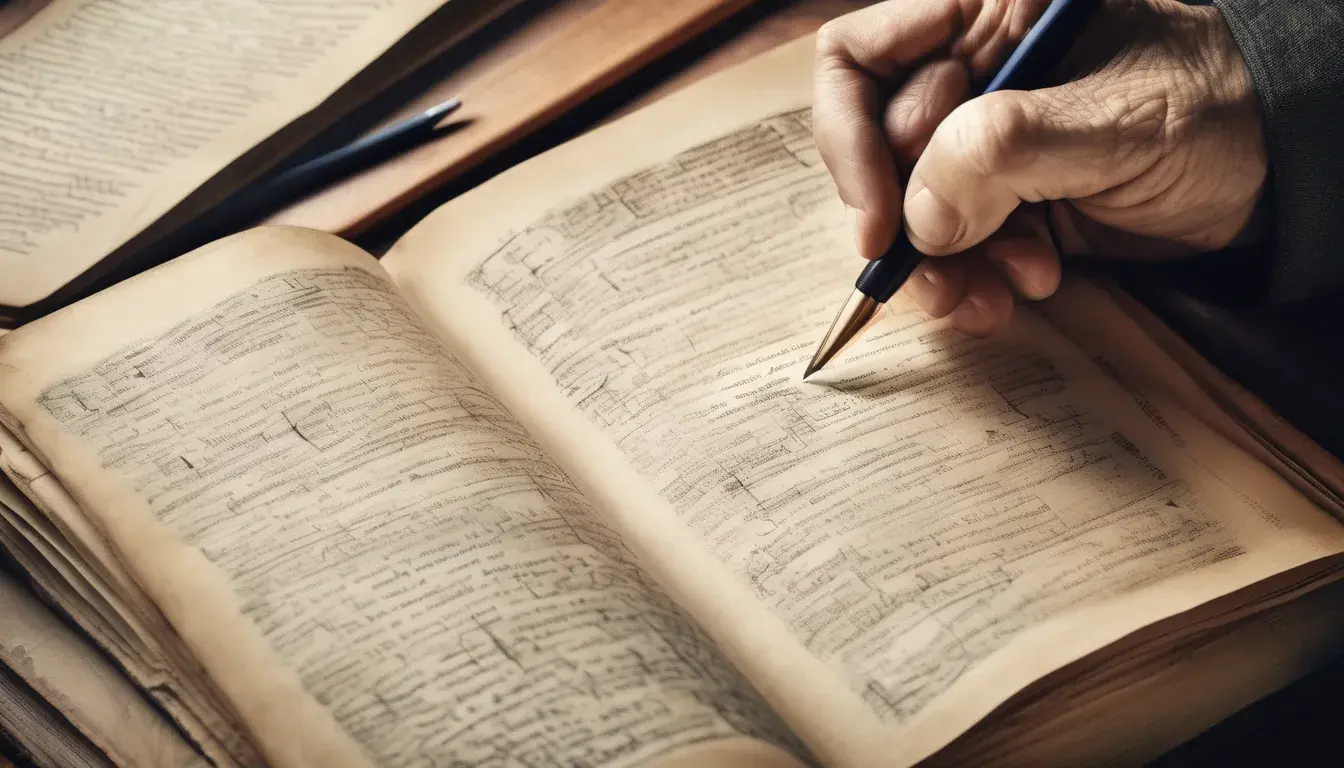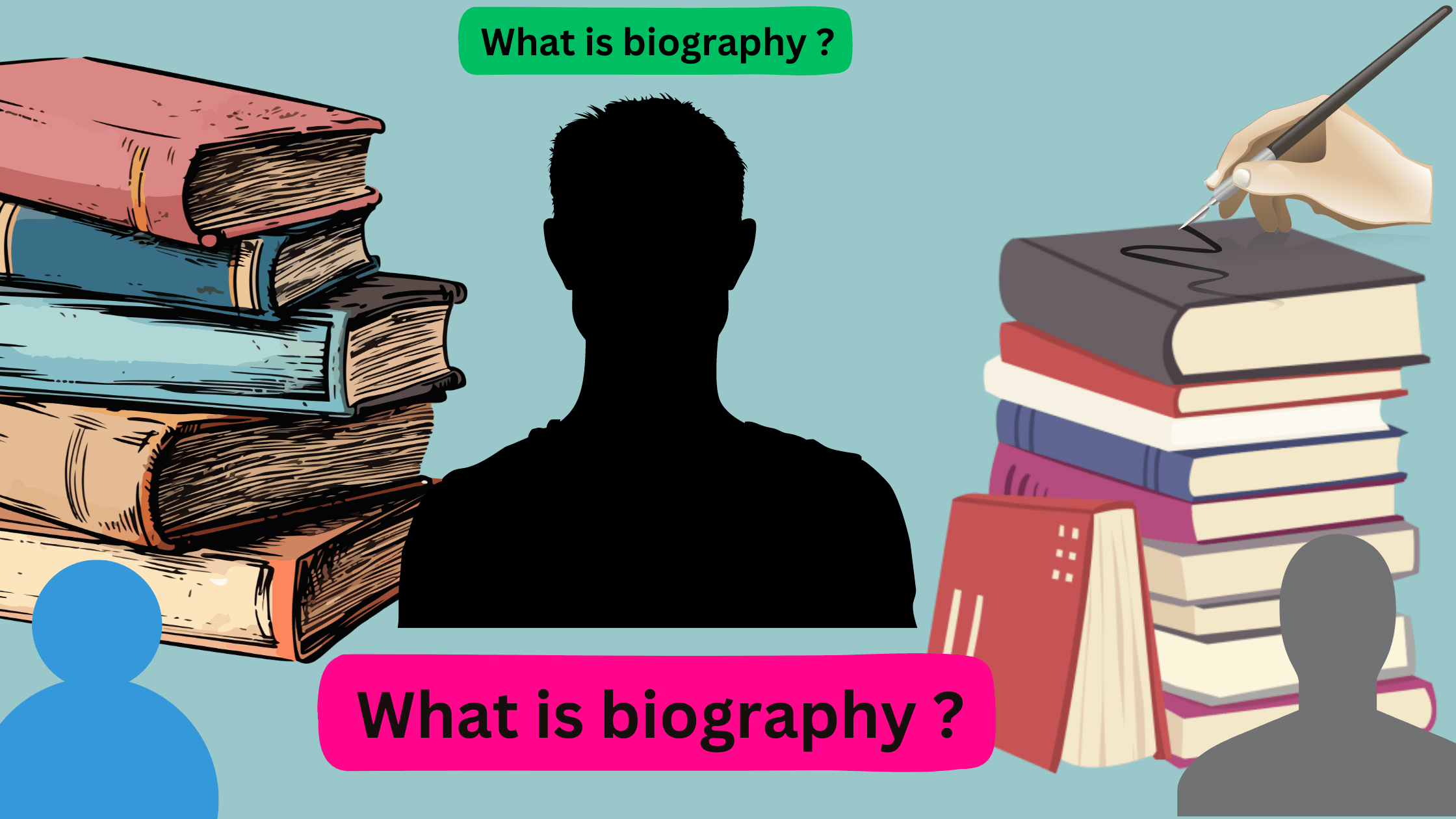The Challenges of Writing Historical Biographies
Writing historical biographies is a captivating endeavor that allows us to delve into the depths of the past, uncovering the fascinating lives and stories of individuals who have shaped our world. However, it is not without its challenges. From extensive research to navigating conflicting accounts, historical biographers face a myriad of obstacles in their quest to bring the past to life.
One of the primary challenges of writing historical biographies is sifting through the vast amount of information available. Historians must meticulously research primary sources, secondary accounts, and scholarly works to piece together an accurate narrative. This requires a keen eye for detail and the ability to discern between conflicting accounts.
Additionally, historical biographers must grapple with the limitations of the available historical record. Gaps in information and biased perspectives can make it difficult to fully understand an individual’s motivations and experiences. As a result, biographers must employ extensive research and critical thinking skills to interpret the available evidence and fill in the blanks.
Overall, writing historical biographies is an intricate art that requires a delicate balance of research, interpretation, and storytelling. It is through the dedicated efforts of biographers that we can gain a deeper appreciation for the lives and contributions of those who came before us.
Research challenges in historical biographies
Delving into the lives of historical figures is a captivating yet arduous task for biographers. One of the primary challenges they face is the sheer volume of information that needs to be meticulously sifted through. Historical records, personal accounts, and scholarly works can often be fragmented, scattered, and even contradictory, making it a daunting challenge to piece together a cohesive and accurate narrative.
Historians must possess a keen eye for detail, the ability to critically analyze sources, and a deep understanding of the historical context in which their subject lived. This requires extensive research, often spanning multiple archives, libraries, and online databases, to uncover primary sources such as letters, diaries, government documents, and newspaper articles. Sifting through these sources can be a painstaking process, as biographers must carefully evaluate the reliability and bias of each piece of information.
Furthermore, the availability and accessibility of historical records can vary greatly, depending on the time period and the subject’s social status. Prominent figures may have left behind a wealth of personal documents, while the lives of ordinary individuals may be shrouded in obscurity, with limited information available. This disparity in the historical record can present significant challenges for biographers, who must find creative ways to fill in the gaps and paint a comprehensive picture of their subject’s life.
Authenticity and accuracy in historical biographies
Ensuring the authenticity and accuracy of historical biographies is a crucial yet complex task for biographers. They must navigate the fine line between presenting a compelling narrative and maintaining historical integrity, as any inaccuracies or fabrications can undermine the credibility of their work.
One of the key challenges in this regard is the need to corroborate information from multiple sources. Biographers must cross-reference accounts, documents, and artifacts to verify the accuracy of the information they gather. This can be particularly challenging when dealing with primary sources that may be biased or incomplete, or when confronted with conflicting accounts from different sources.
Authenticating historical documents and artifacts is another crucial aspect of ensuring accuracy in historical biographies. Biographers must employ various techniques, such as examining handwriting, paper quality, and other physical characteristics, to verify the provenance and authenticity of the materials they use. This attention to detail is essential in establishing the credibility of the information presented in the biography.
Moreover, biographers must be cautious of their own biases and preconceptions, which can inadvertently shape the narrative they present. They must strive for objectivity, acknowledging their own perspectives and actively seeking out alternative viewpoints to create a balanced and nuanced portrayal of their subject. This requires a deep understanding of the historical context and the ability to empathize with the experiences and motivations of the individuals they are writing about.
Dealing with limited sources and conflicting accounts
One of the most significant challenges faced by historical biographers is the limited availability of primary sources and the presence of conflicting accounts. In many cases, the historical record may be incomplete, fragmented, or biased, making it challenging to piece together a comprehensive and accurate narrative.
Biographers must often rely on secondary sources, such as scholarly works and historical analyses, to fill in the gaps and provide context. However, these sources may also present their own biases and interpretations, which can further complicate the task of the biographer. Navigating these conflicting accounts and reconciling them into a coherent and compelling story is a delicate balancing act that requires exceptional research skills and critical thinking.
In cases where primary sources are scarce or unavailable, biographers may need to employ creative strategies to uncover new information. This might involve searching for alternative sources, such as family archives, local historical societies, or even archaeological evidence, to piece together a more complete picture of their subject’s life. Biographers must also be willing to engage in informed speculation, drawing reasonable inferences from the available evidence, while clearly distinguishing these speculations from established facts.
Furthermore, biographers must be adept at identifying and addressing gaps in the historical record. They must acknowledge the limitations of the available information and be transparent about the uncertainties and ambiguities that exist. This level of transparency and honesty is crucial in maintaining the trust of the reader and ensuring the integrity of the biographical work.
Balancing storytelling and historical accuracy
Writing a compelling historical biography requires a delicate balance between engaging storytelling and meticulous historical accuracy. Biographers must not only present the facts and events of their subject’s life but also bring their subject to life, capturing the emotional and psychological nuances that make their story truly captivating.
One of the key challenges in achieving this balance is the need to navigate the tension between creative license and historical fidelity. Biographers may be tempted to embellish or dramatize certain events or scenarios to enhance the narrative, but they must resist the urge to do so at the expense of historical accuracy. Striking the right balance requires a deep understanding of the subject’s life and the broader historical context, as well as a keen sense of literary craft.
Biographers must also be mindful of the language and tone they use in their writing. They must find a way to convey the complexity and humanity of their subject without resorting to overly academic or dry prose. This often involves the skillful use of literary devices, such as vivid descriptions, dialogue, and character development, to bring the historical figure to life on the page.
At the same time, biographers must be vigilant in ensuring that their creative choices do not distort or misrepresent the historical record. They must carefully document their sources, acknowledge any uncertainties or gaps in the information, and be transparent about the interpretations and inferences they make. This level of transparency and attention to detail is essential in maintaining the trust of the reader and preserving the integrity of the biographical work.
Ethical considerations in writing historical biographies
Writing historical biographies involves navigating a complex web of ethical considerations, as biographers must balance the pursuit of truth and accuracy with respect for the privacy and legacy of their subjects.
One of the primary ethical challenges is the question of how much personal information to include in the biography. Biographers must be mindful of the privacy and dignity of their subjects, particularly when dealing with sensitive or controversial aspects of their lives. They must carefully weigh the relevance and significance of personal information against the potential for causing harm or embarrassment to the subject or their descendants.
Additionally, biographers must consider the impact of their work on the public perception and legacy of their subjects. They have a responsibility to present a fair and balanced portrayal, avoiding the temptation to sensationalize or demonize their subjects for the sake of a more compelling narrative. Biographers must strive to understand the historical context and the motivations of their subjects, and to present their lives with empathy and nuance.
Another ethical consideration is the treatment of living individuals who may be connected to the subject of the biography. Biographers must be cautious in their handling of sensitive information, such as personal relationships or private affairs, and must obtain appropriate consent or permissions before including such details in their work. Failure to do so can lead to legal and reputational consequences for the biographer and their publisher.
Ultimately, the ethical responsibility of the historical biographer is to uphold the integrity of the historical record and to present their subject’s life in a manner that is both truthful and respectful. This requires a deep understanding of the subject, a commitment to rigorous research, and a keen sense of the moral and social implications of their work.
The importance of perspective and bias
Historical biographies are inherently shaped by the perspectives and biases of their authors. As such, the challenge of writing historical biographies lies not only in the meticulous research and accurate portrayal of facts but also in the recognition and acknowledgment of the biographer’s own biases and preconceptions.
Every biographer brings their own unique set of experiences, cultural influences, and personal beliefs to the table, which can profoundly impact the way they interpret and present the life of their subject. This can lead to biases in the selection and interpretation of sources, the emphasis placed on certain events or characteristics, and the overall narrative that emerges.
Recognizing and addressing these biases is crucial in ensuring that historical biographies offer a balanced and nuanced perspective. Biographers must actively seek out alternative viewpoints, challenge their own assumptions, and strive for objectivity in their analysis. This may involve consulting with scholars from diverse backgrounds, incorporating the perspectives of marginalized groups, and acknowledging the limitations of their own knowledge and understanding.
Moreover, biographers must be aware of the ways in which their own identities and social positions can shape their interpretation of the past. Race, gender, class, and other intersecting factors can influence the lens through which they view their subject, and biographers must be mindful of these influences and their potential impact on the narrative they present.
By embracing the importance of perspective and bias, historical biographers can create works that are more inclusive, representative, and reflective of the complex and multifaceted nature of the human experience. This approach not only enhances the scholarly value of the biography but also contributes to a more nuanced and inclusive understanding of history.
Challenges in portraying historical figures
Bringing historical figures to life on the page is a formidable challenge for biographers, as they must navigate the delicate balance between factual accuracy and compelling storytelling. One of the key challenges in this regard is the need to humanize their subjects while still respecting the historical record.
Biographers must find ways to capture the complexity and nuance of their subjects’ personalities, emotions, and motivations, without resorting to oversimplification or romanticization. This often involves a deep dive into primary sources, such as personal letters, diaries, and other firsthand accounts, to uncover the intimate details and inner workings of their subjects’ lives.
Additionally, biographers must be mindful of the cultural and social contexts in which their subjects lived, and how these factors shaped their worldviews, behaviors, and decision-making. Failing to consider these contextual elements can lead to anachronistic portrayals that fail to resonate with the reader or, worse, misrepresent the historical figure altogether.
Another challenge in portraying historical figures is the need to balance the individual’s public persona with their private life. Biographers must navigate the delicate line between respecting their subject’s privacy and providing the reader with a comprehensive understanding of their life and character. This may involve carefully selecting which personal details to include and how to present them in a way that is both informative and sensitive.
Ultimately, the art of portraying historical figures in biographies requires a deep understanding of the subject, a keen eye for detail, and a nuanced approach to storytelling. By striking the right balance between factual accuracy and compelling narrative, biographers can breathe life into the past and bring their subjects to the forefront of the reader’s imagination.
Overcoming writer’s block in historical biographies
Writing historical biographies can be a daunting task, and even the most seasoned biographers can encounter moments of writer’s block. This challenge can be particularly acute when dealing with the complexities and nuances of historical figures and events.
One of the key strategies for overcoming writer’s block in historical biographies is to immerse oneself in the subject matter. Biographers must continuously engage with their primary sources, secondary literature, and the broader historical context to maintain a deep understanding of their subject. This can involve rereading key documents, exploring new avenues of research, or even visiting historical sites and archives to gain a more visceral connection to the material.
Another effective approach is to break down the writing process into manageable tasks. Instead of tackling the entire biography at once, biographers can focus on specific sections or chapters, setting achievable goals and deadlines for themselves. This can help to alleviate the overwhelming sense of the project’s scope and provide a sense of progress and accomplishment.
Biographers may also find it helpful to engage in regular writing exercises or prompts that encourage them to explore different perspectives or delve deeper into specific aspects of their subject’s life. These exercises can help to stimulate new ideas, uncover hidden connections, and provide a fresh approach to the writing process.
Additionally, seeking out the support and feedback of fellow writers, historians, or subject-matter experts can be invaluable in overcoming writer’s block. Collaborating with others can help to generate new ideas, identify blind spots, and provide a fresh set of eyes on the project, ultimately helping the biographer to overcome their creative obstacles.
Ultimately, overcoming writer’s block in historical biographies requires a combination of dedication, creativity, and a willingness to adapt and experiment. By embracing the challenges and continuously seeking new ways to engage with their subject, biographers can overcome the obstacles they face and produce compelling and impactful works that bring the past to life.
Conclusion: The rewards and importance of writing historical biographies
Writing historical biographies is a profound and rewarding endeavor that allows us to delve into the lives of those who have shaped our world. Despite the myriad of challenges that biographers face, the act of bringing the past to life through the lens of an individual’s story is a powerful and transformative experience.
Through their meticulous research, critical analysis, and compelling storytelling, biographers have the unique opportunity to shed light on the complexities of the human experience, illuminating the motivations, struggles, and achievements of historical figures. In doing so, they not only contribute to our understanding of the past but also provide a deeper appreciation for the diverse and multifaceted nature of the human experience.
Moreover, historical biographies serve as invaluable resources for scholars, students, and the general public, offering a window into the past that can inform our present and guide our future. By presenting a nuanced and balanced portrayal of historical figures, biographers can challenge prevailing narratives, correct misconceptions, and foster a more inclusive and representative understanding of history.
Ultimately, the rewards of writing historical biographies extend far beyond the personal satisfaction of the biographer. By bringing the past to life, these works have the power to inspire, educate, and transform the way we perceive the world around us. It is through the dedicated efforts of biographers that we can continue to uncover the stories of those who have come before us, and in doing so, deepen our understanding of the human experience and our collective journey through time.


